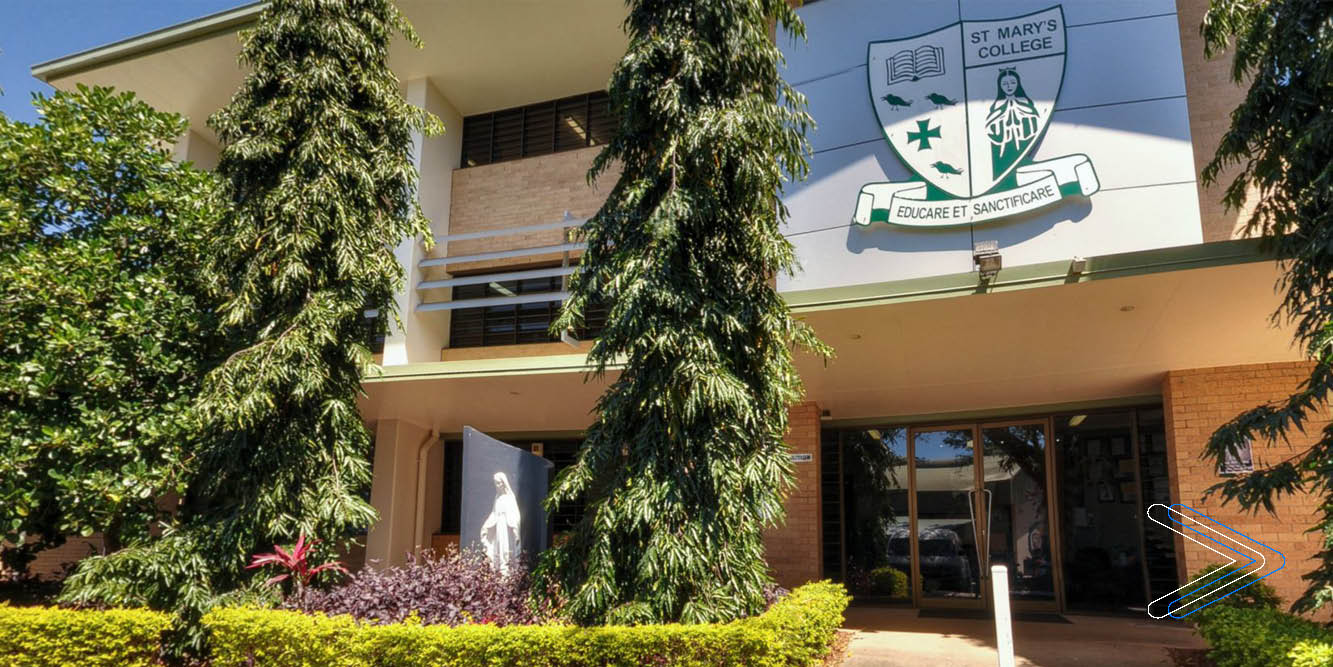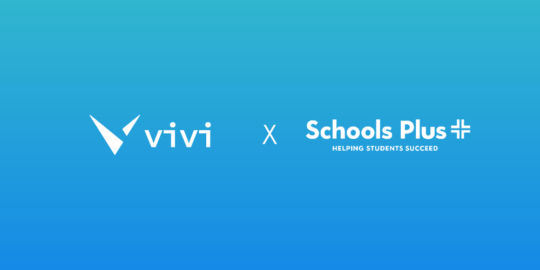
The 29 schools in the Catholic Diocese of Cairns are diverse – the smallest has just 36 students, the largest 1,800 – and they are geographically dispersed, stretching as far north as Thursday Island, at the tip of Cape York. While 6 schools have full time onsite IT teams, many make do with part-time technical staff. But with the support of the Catholic Education Services (CES) office in Cairns, and thanks to Vivi’s cloud-based administration platform, 19 are making full use of seamless, reliable classroom engagement technology that doesn’t date, and that might otherwise have been unattainable.
Ease of integration and central management
According to Brian van Vlimmeren, Manager Information Technology in the Cairns office, choosing Vivi as the solution to roll out to schools was in part driven by its true cross-platform compatibility. It had to work across the full mix of approximately 15,000 Windows-based laptops, Chromebooks and iPads currently in use throughout the Cairns Diocese. But equally, it had to work with projectors and TVs already in place, so that schools wouldn’t be faced with an expensive infrastructure overhaul in changing to the new solution. That Vivi works with a school’s existing technology, as well as all major user devices and operating systems, made it a much more feasible diocese-wide solution.
Vivi’s other main point of difference was its administration platform, Vivi Central, which enables van Vlimmeren’s team to configure and manage each school’s system remotely. Without this ability to receive direct IT support from the CES office, many of the smaller and more remote schools may not have had sufficient resourcing to install and maintain a wireless screen mirroring system at all. “A lot of our schools only have tech support once a week, but [using Vivi Central] means we’re not necessarily waiting for a week to get any issues fixed,” says van Vlimmeren.
Improved efficiency and reduced resourcing requirements
Having Vivi installed in so many of its schools has significant benefits for CES itself. For example, its education support team regularly travels to the schools, making presentations to staff, and when they visit schools that use Vivi, “they know they can go out there and just get to work,” connecting to displays within seconds.
On a more fundamental level, Vivi is creating savings for the diocese, as a result of reduced technical resourcing requirements. It’s far more efficient for technical staff to manage multiple schools’ systems from their office. And having the same system set-up reiterated through multiple schools has helped team members to quickly become very proficient in its use, meaning they can get more done every day. What’s more, the reliability of Vivi means they are spending less time problem solving and troubleshooting. As van Vlimmeren points out, problems with Vivi are rare. “When a Vivi goes down, it’s usually associated with a bigger network outage.”
Helping schools to evaluate and install Vivi
To encourage more of its schools to consider Vivi, the CES office provides education about its features and benefits during the principal’s visits to the office, and directly to the schools’ IT staff. The team gives advice on how Vivi could be incorporated into building refurbishments or whenever schools are seeking guidance on digital presentation. And they have a trial Vivi Box they can send out, so schools IT support and teachers can experience first hand how it might work in their classrooms.
Once a school decides to roll Vivi out, the CES office can act as an intermediary, pre-configuring the Box before they are supplied to the school. They also provide ongoing training for any schools that need additional support.
Mitigating the risk of redundancy
Among the schools that are yet to install Vivi, some are persisting with existing technology, such as electronic whiteboards, for as long as they can, to maximize return on their previous investment. “That’s the problem when people have paid for this technology and then three years later it becomes obsolete,” explains van Vlimmeren. But that’s not the case for the schools that transition Vivi.
“With the Vivis, we install them with a domestic 62-inch plasma TV,” he says, “so we’ve got a presentation device set up in a classroom for a much lower initial investment.”
And from that point on, Vivi’s regular software updates keep the technology relevant by adding new features and enhancing performance, in turn mitigating this risk of asset redundancy and maximizing ROI.
A wireless presentation solution that works
One of the schools in the diocese that is large enough to have full-time dedicated IT staff, and has embraced Vivi, is St Mary’s Catholic College in Cairns. Nick Purvis, IT Technical Support Officer at St Mary’s, was introduced to Vivi by CES when he started looking for alternatives to the school’s existing mix of HDMI and VGA projectors. After experimenting with the trial Box, he installed the Vivi solution in six classrooms for a more detailed evaluation, assisted by tech-savvy teachers.
The main problem Purvis was looking to solve was that teachers were wasting time getting set up to present in different classrooms, or worse, not succeeding at all in connecting their device to a display. “Every room was a little bit different, depending on the age of the projector. It was just a poor solution,” says Purvis. “I wanted the teachers to be able to go into any room, turn the device on and use it in the same way.” Now, with Vivi installed throughout the school, teachers only have to know one process for using wireless screen mirroring, no matter which classroom they’re in, saving them time and allowing them to focus on their lesson content and their students. And if a projector or a teacher laptop reaches the end of its useful life, they can simply be replaced, with no impact on the performance of the wireless screen mirroring system and no change to the user experience in the classroom.
The roll-out at St Mary’s wasn’t without challenges, mainly due to a lack of sufficient data and power outlets, and the work required to add them into the school’s “multi-story concrete and steel” buildings. And as part of the installation, standardized control panels were added for each of the projectors – not a requirement for Vivi but another of Purvis’s strategies for making the process for wireless presentation as seamless and uniform as possible. But now that it’s all installed, he describes the Vivi software and hardware as extremely stable. “One of the advantages of Vivi is that it’s not something you have to pay a great deal of attention to. Give me a solution that just functions! That’s what Vivi does,” he says. “And when there are updates, when we do need to do things, we use the administration platform, and it’s good.”
Teacher mobility and improved pedagogy
After Vivi had been installed, Purvis observed an immediate change in teacher behavior. “As soon as the wireless capability popped up and teachers could go anywhere in the room they wanted to, they relocated themselves,” he says. “The teachers have become significantly more mobile.” For eLearning Coordinator and classroom teacher Jessica Hallal, this newfound mobility is just one of the benefits of teaching with Vivi. She also enjoys the ability it has given her to be more responsive to spontaneous learning opportunities during lessons. “It gives you the ability to go off on tangents with more confidence. If a student has a question about a PowerPoint slide, I can, there and then, take Vivi from presentation mode to annotation mode,” she says.
“We get to explore ideas together and I can use this to answer the question as a group.”
As eLearning Coordinator, Hallal also has a role in ensuring that her positive experience with Vivi is shared by the entire teaching staff, and that the teachers and students are getting the full benefit of the system. To encourage the use of features beyond simple presentation mode, such as Capture Screenshot and Play Video Direct, Hallal offers Vivi-specific upskilling sessions. And it’s no wonder that she wants to help other teachers use it more effectively, given how she feels about Vivi after two years of using it. “I would 100 per cent recommend it,” she says, “because it’s changed my pedagogy, and improved it.”



